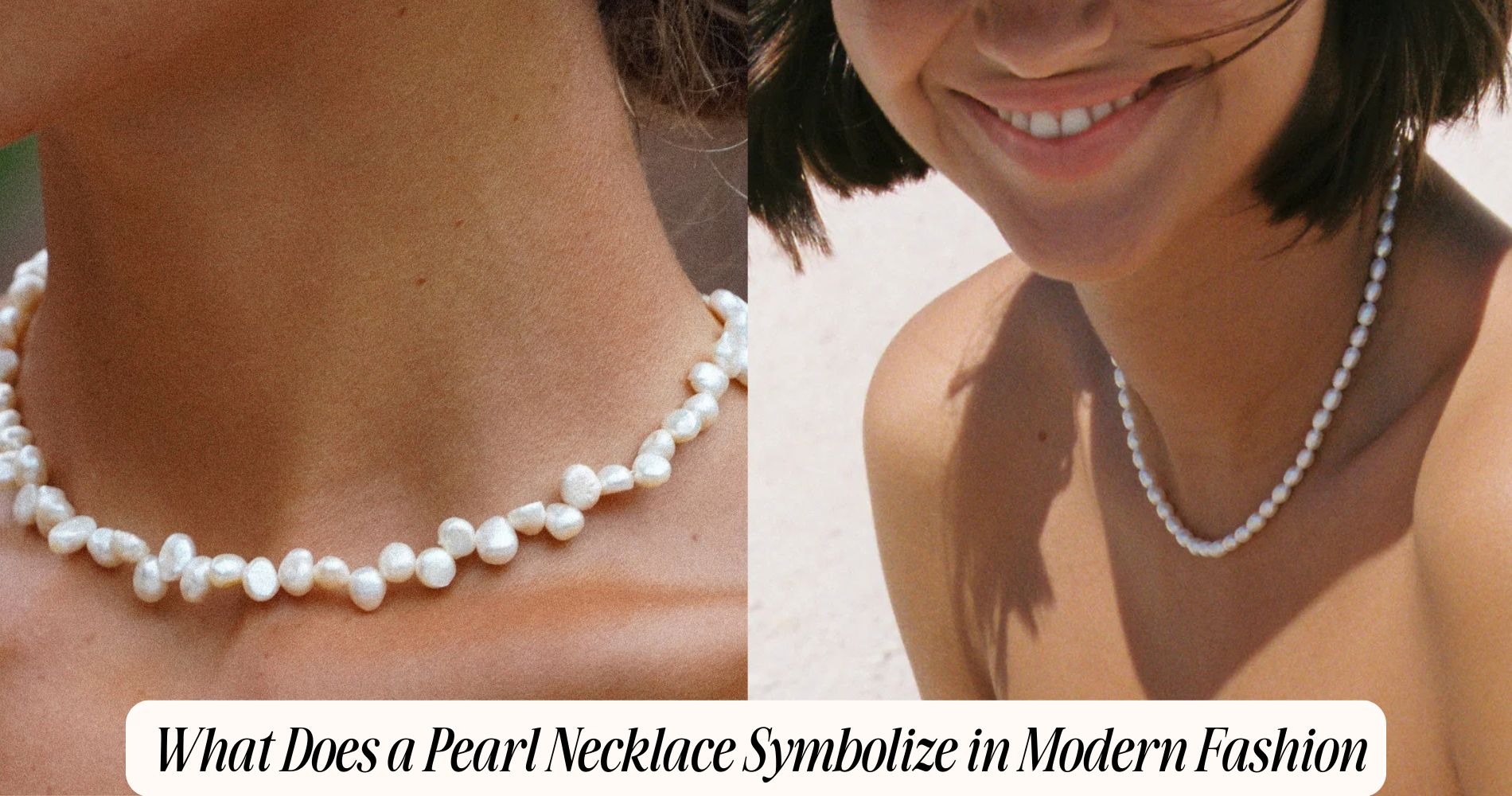
What Does a Pearl Necklace Symbolize in Modern Fashion
What does a pearl necklace symbolize? It represents informed taste, gender-fluid confidence, and quiet power. You’re referencing royal portraits and Mughal courts while embracing Mikimoto’s democratized luxury and modern craftsmanship—nacre, luster, matching. Worn with tailoring or streetwear, it softens edges yet asserts authority, functioning as low-arousal dominance. It also conveys inclusivity and subcultural identity, from minimalist chokers to oversized strands. For a modern interpretation, explore Atolea’s Single Pearl Necklace—ethically sourced and designed to redefine status as stewardship. Pair it high-low for intent, context, and impact—there’s more behind that glow.
From Heirloom to Icon: The Evolution of Pearls
Although pearls once signified inherited status and rigid etiquette, their journey from dynastic dowries to runway staples maps a broader shift in who gets to define luxury.
You read their historical significance in portraits of Elizabeth I and Mughal courts, then track the pivot after Mikimoto’s cultured breakthroughs democratized access. That shift didn’t erase hierarchy; it reframed value around pearl craftsmanship—nacre quality, luster, matching, and setting—instead of lineage alone.
You now read pearls as signals of discernment rather than deference.
When you choose pearls today, you’re citing a legacy while asserting agency, weighing provenance, ethical sourcing, and design intent over inherited protocol.
Genderless Glamour and Breaking Style Norms
While old dress codes tried to pin pearls to femininity and formality, you now see them crossing wardrobes as tools for genderless glamour. You read pearls not as “ladies’ jewelry,” but as adaptable signals of gender fluidity and fashion inclusivity.
Street style, K‑pop stages, and red carpets show the shift: you pair iridescent strands with hoodies, tailoring, or bare collars, letting context determine meaning.
You reference history to decode the present: pearls once marked rank, then propriety; today they index autonomy. By styling them with denim or deconstructed suiting, you reject binary cues and embrace hybridity.
Minimalist chokers or oversized baroque pieces both work as declarations that aesthetics aren’t gendered. In practice, you’re curating symbolism—elegance repurposed as openness, tradition reframed as permission.
Power Dressing With a Quiet Edge
Freed from gendered scripts, pearls also recalibrate power dressing by swapping spectacle for authority you can whisper. You signal control without overstatement, aligning with what scholars call “low-arousal dominance,” where restraint reads as confidence.
In boardrooms shaped by power dynamics, a strand’s subtle elegance functions like a strategic pause: it focuses attention, not noise. You’re referencing a lineage—yet rejecting the trophy aesthetic that screams for validation.
You use pearls to modulate context: against sharp tailoring, they soften edges while keeping your message firm. In negotiations, they temper aggression without diluting resolve, projecting composure that invites collaboration.
The effect is measurable: clients remember clarity over clamor. By choosing pearls, you orchestrate presence—less about display, more about deliberate influence.
Minimalist Lines, Maximalist Impact
Because restraint sharpens intent, minimalist lines let pearls do maximal work: a clean strand against a pared-back silhouette becomes a high-contrast signal that our brains privilege as salient.
You leverage minimalist elegance to compress meaning—status, discernment, and calm authority—into a single focal point. Cognitive science calls this the “pop-out” effect: fewer competing cues heighten perception and memory.
In practice, you edit forms—crew necks, column dresses, sharp lapels—so the necklace reads as data, not decoration.
This is where a pearl becomes a maximalist statement without volume. Proportion, luster, and spacing act like typography—kerning for the eye. A smaller Akoya reads precise; a baroque form adds asymmetrical tension.
Streetwear Pairings and High-Low Contrast
Minimalism sets the stage; streetwear flips the script by splicing pearls into grit and utility for high-low charge. You treat the necklace like a punctuation mark: it sharpens hoodies, bomber jackets, and raw denim rather than softening them.
Think of how runway street style codified “casual elegance” with hardware—chains, zips, cargo pockets—then let pearls interrupt that metal language.
You’re leveraging contrast as strategy. A single strand against a graphic tee references skate and rap silhouettes while citing classicism. Layering pearls with a Cuban link reads like sampling: heritage meets beat culture.
Opt for mid-length strands to avoid snagging with outerwear; use asymmetry to keep the look kinetic. In practice, the pearl necklace becomes your control variable, stabilizing oversized proportions and spotlighting texture shifts.
Cultural Resonance and Symbolic Meanings Today
Although pearls carry centuries of etiquette and gendered propriety, they now signal fluidity, status remix, and subcultural literacy across scenes. You read them as a citation chain: from court portraits to hip-hop videos to K‑pop styling, each reference layers cultural significance.
Contemporary symbolism pivots on intentional mismatch—pearls next to denim or techwear suggest irony, agency, and access to taste communities.
You also see identity work. On nonbinary and male necks, pearls reject old dress codes while borrowing their authority. In corporate spaces, a single strand frames competence without ceding edge; on nightlife circuits, oversized baroque pieces telegraph artistic allegiance.
Social media accelerates these meanings: micro-trends make pearls legible shorthand for aesthetic fluency. Ultimately, you wear them to narrate hybridity, memory, and self-styled power.
Sustainable Sourcing and Ethical Luxury
Even as pearls cycle through subcultures, ethical sourcing now shapes how their luxury reads on the body. You don’t just buy luster; you endorse traceability, fair labor, and habitat care.
Look for origin disclosure, third‑party audits, and farm certifications that track water quality and biodiversity impact. Marine Stewardship Council–style frameworks and NGO reporting give you comparable metrics, signaling ethical production beyond marketing claims.
Cultured pearls complicate the picture: they can incentivize reef stewardship yet still risk pollution, overstocking, and opaque labor.
Ask brands for farm coordinates, hatchery practices, and waste controls; confirm wages and worker safety. When you align pearls with sustainable fashion, you recast status as stewardship—luxury that’s accountable, not extractive.
The symbolism shifts: refinement equals responsibility, and shine reflects ecosystems, not excess.
Layering Strategies for Modern Versatility
While pearls once sat as singular heirlooms, you now stack them with intention—mixing lengths, lusters, and formats to signal range rather than rank.
You build layered looks that read as adaptive armor: chokers frame the collarbone, mid-length strands bridge, and opera lengths add movement. You combine baroque and round pearls, intersperse metal chains, or thread seed pearls between statement pieces to introduce rhythm and negative space.
Versatile styling hinges on contrast and proportion. Balance pearl diameter against chain gauge; offset high-luster nacre with matte hardware for contemporary tension.
Rotate clasp positions to reorient focal points, or double-wrap long strands to re-scale volume. Treat layers as modular—subtract for minimalism, add for edge—so the same set reinterprets daywear, tailoring, and evening codes without redundancy.
Celebrities, Subcultures, and the New Pearl Aesthetic
Because mainstream spotlights and niche scenes now borrow from each other in real time, pearls have shifted from legacy signifier to mutable code. You see celebrity influences act as accelerants: red‑carpet chokers, rapper-styled strands, and gender-fluid layering move pearls from old-guard polish to street-aware armor.
You read these aesthetic shifts across platforms—runways, IG grids, and tour merch—where a single strand can signal tenderness, irony, or defiance.
You decode references: punk safety pins with baroque pearls cite 1970s DIY; K-pop gloss pairs them with techwear; indie designers cast imperfect nacre to reject luxury’s perfection myth.
You wield pearls as semiotics—class, queerness, and subcultural belonging—because celebrities popularize, while micro-scenes authenticate. When you mix heirloom luster with utilitarian chains, you reconcile tradition and subversion, and telegraph informed intent.
Frequently Asked Questions
How Do You Clean and Store Pearl Necklaces to Prevent Damage?
You gently wipe pearls with a damp, soft cloth; avoid detergents—preferred cleaning methods cite mild water only. Let strands dry flat. For storage tips, use breathable pouches, keep separate from metals, avoid plastic, perfume, heat, and low humidity.
What Outfits Clash With Pearls or Make Them Look Dated?
Avoid heavy ruffles, overly preppy suits, or dated twinsets—they make pearls look fusty. Balance pearls with denim by choosing relaxed washes and clean lines. For pearls and athleisure, keep silhouettes minimalist; skip loud logos and clashing neons.
Are There Hypoallergenic Clasp Options for Sensitive Skin?
Yes. You can choose clasps in hypoallergenic materials like titanium, niobium, surgical stainless steel, or 14k+ gold. For sensitive skin, avoid nickel alloys; verify ASTM/FDA-grade specs, request patch tests, and consider rhodium plating or PVD-coated findings for durability.
How Can You Verify Authenticity of Cultured vs. Imitation Pearls?
You verify authenticity by evaluating cultured pearl characteristics: gritty tooth test, overtone depth, drill-hole layering, subtle size/shape variation, and luster. For imitation pearl identification, look for glassy weight, perfect uniformity, peeling coating, visible seams, and ultraviolet fluorescence differences.
What Is the Average Cost Range for Quality Modern Pearl Pieces?
You’ll typically see pearl pricing span $200–$800 for quality freshwater, $800–$3,000 for Akoya, $2,500–$8,000 for Tahitian, and $5,000–$20,000+ for South Sea strands—treating top-matched, certified pieces as a long-term luxury investment.
Conclusion
You’ve seen pearls move from heirloom to icon, reshaped by genderless styling, quiet power dressing, and streetwear mash-ups. You read them now as signals: minimal form, maximal intent; sustainable choices; layered identities. When you pair strands with a hoodie or a sharp blazer, you’re citing histories—Coco to Pharrell, punk to K‑pop—while editing your own. Today’s pearl necklace symbolizes agency and ethics as much as elegance. Wear it to communicate, not just decorate.







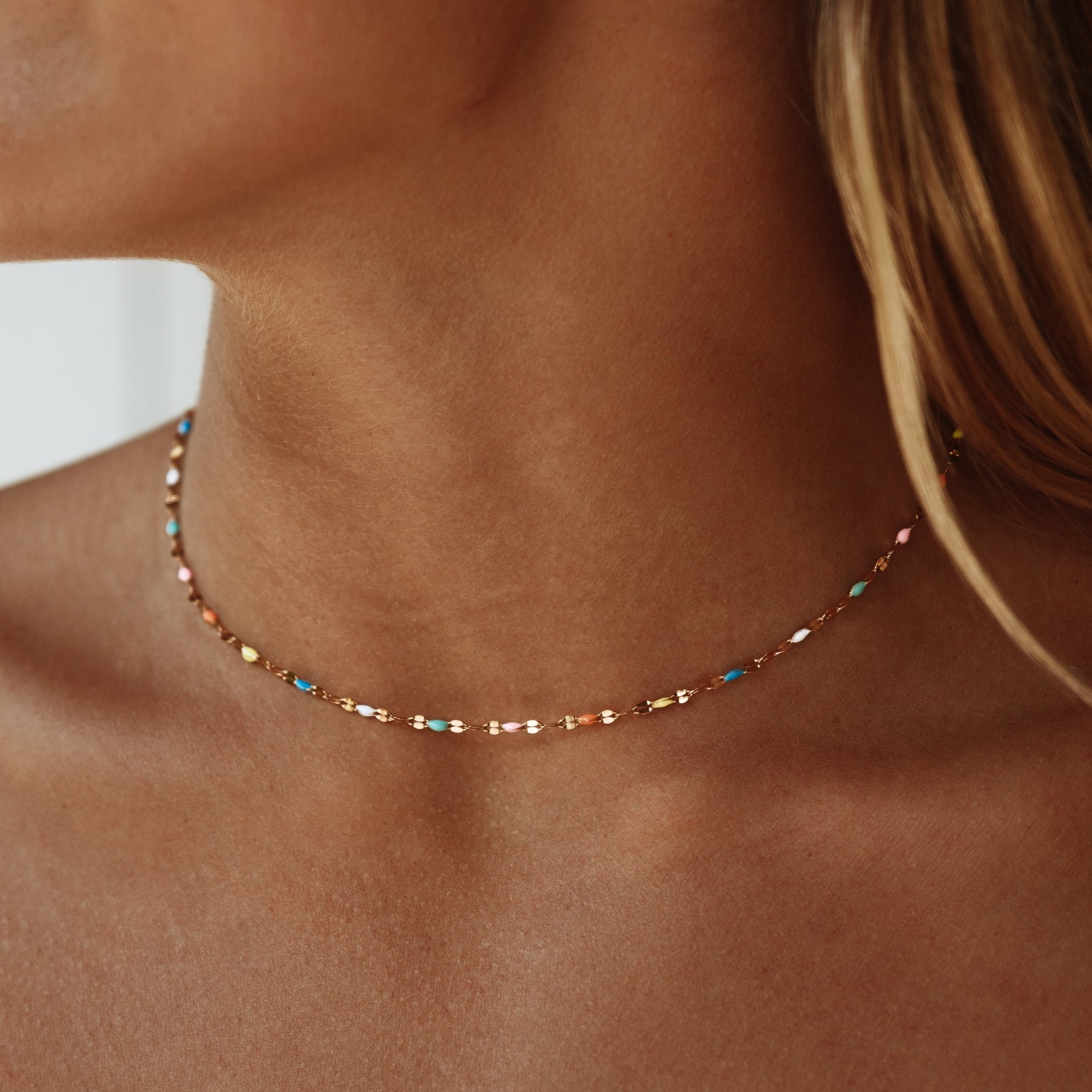

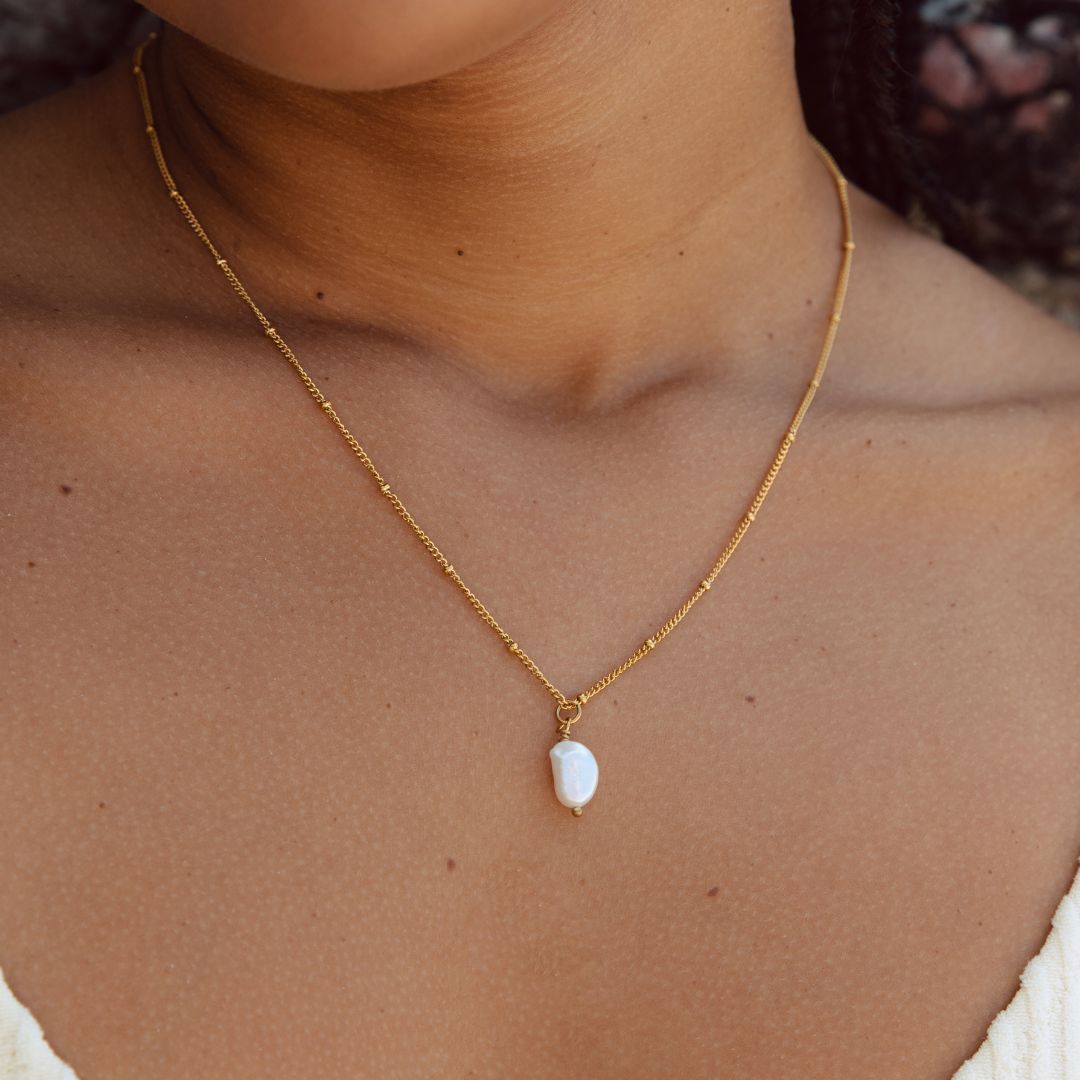


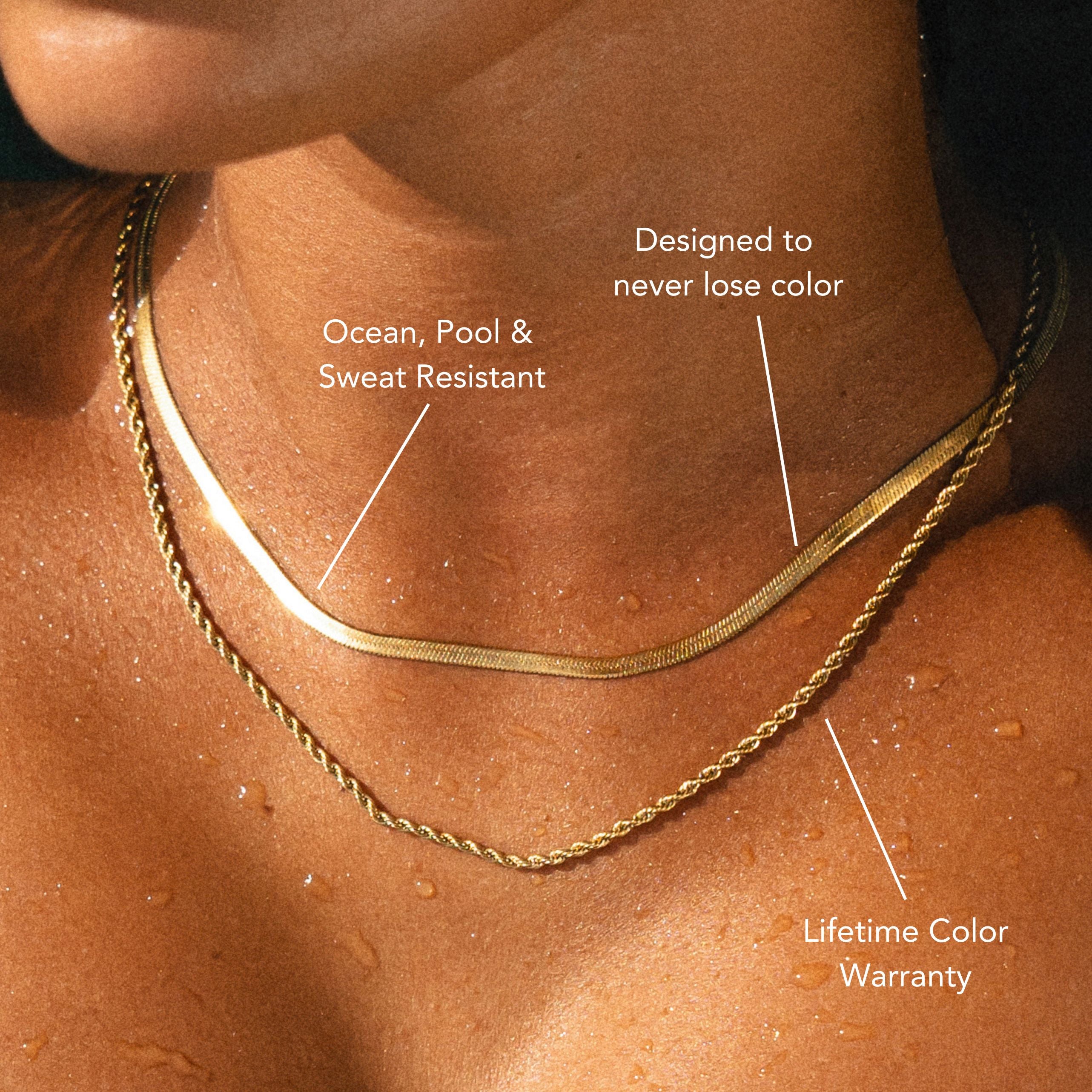


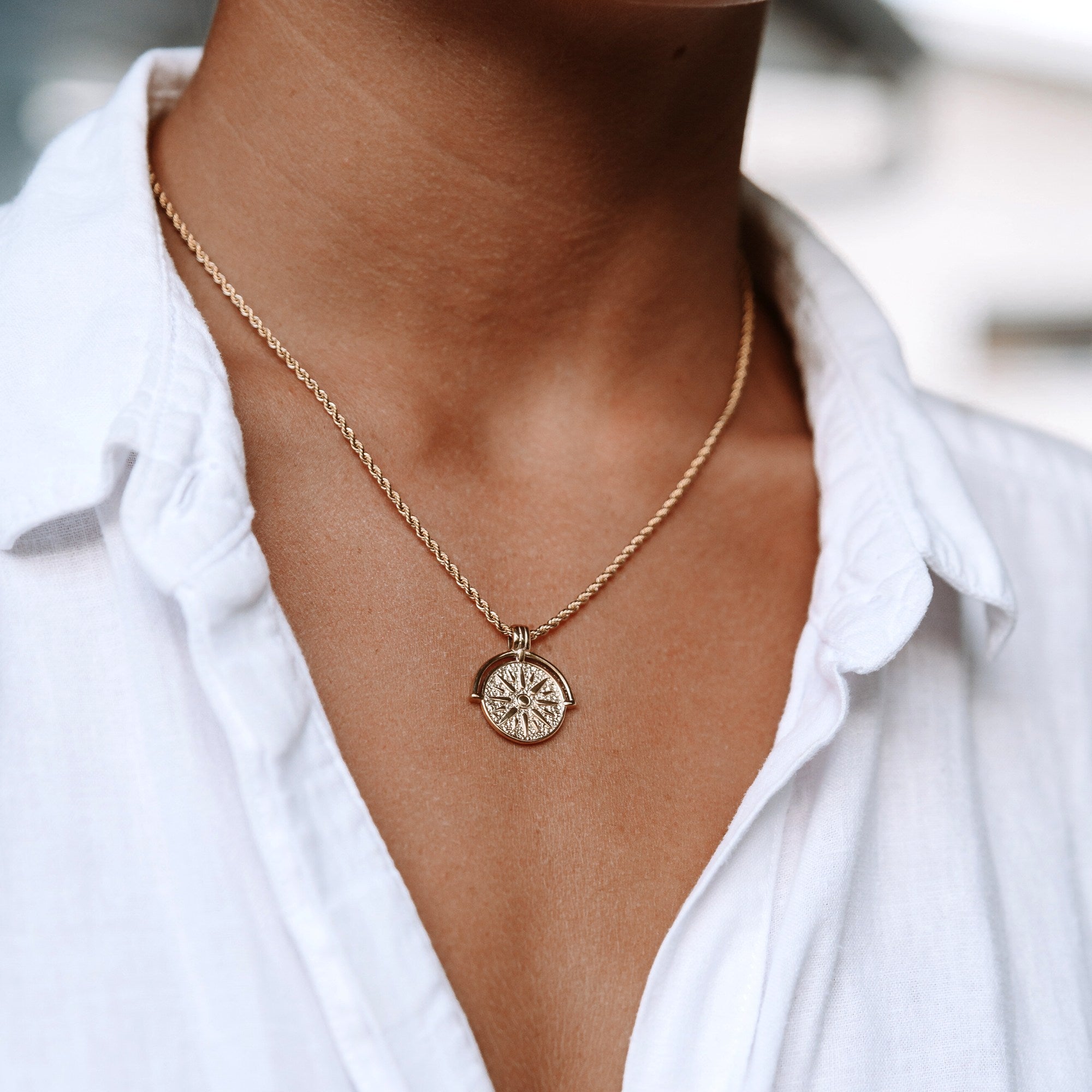
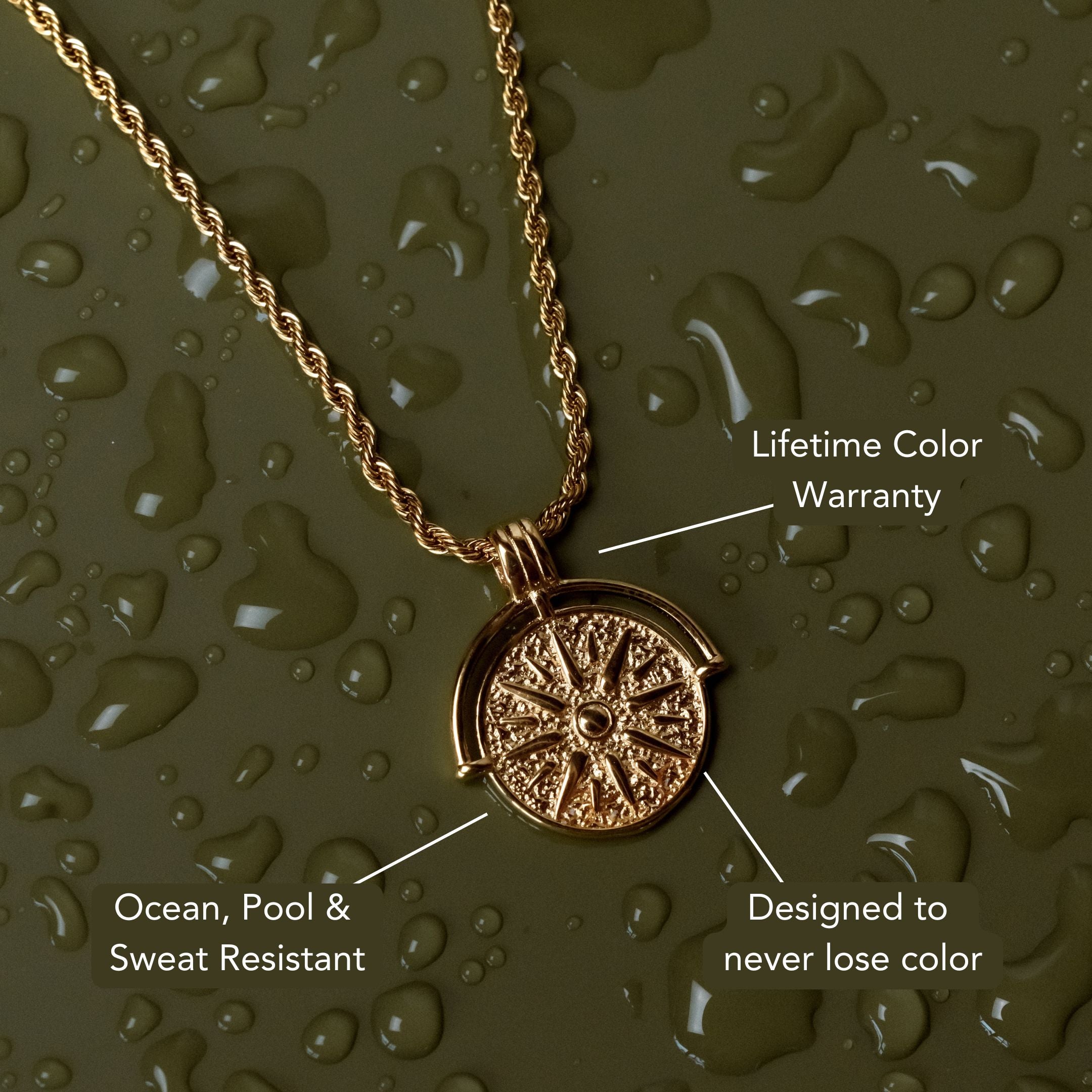
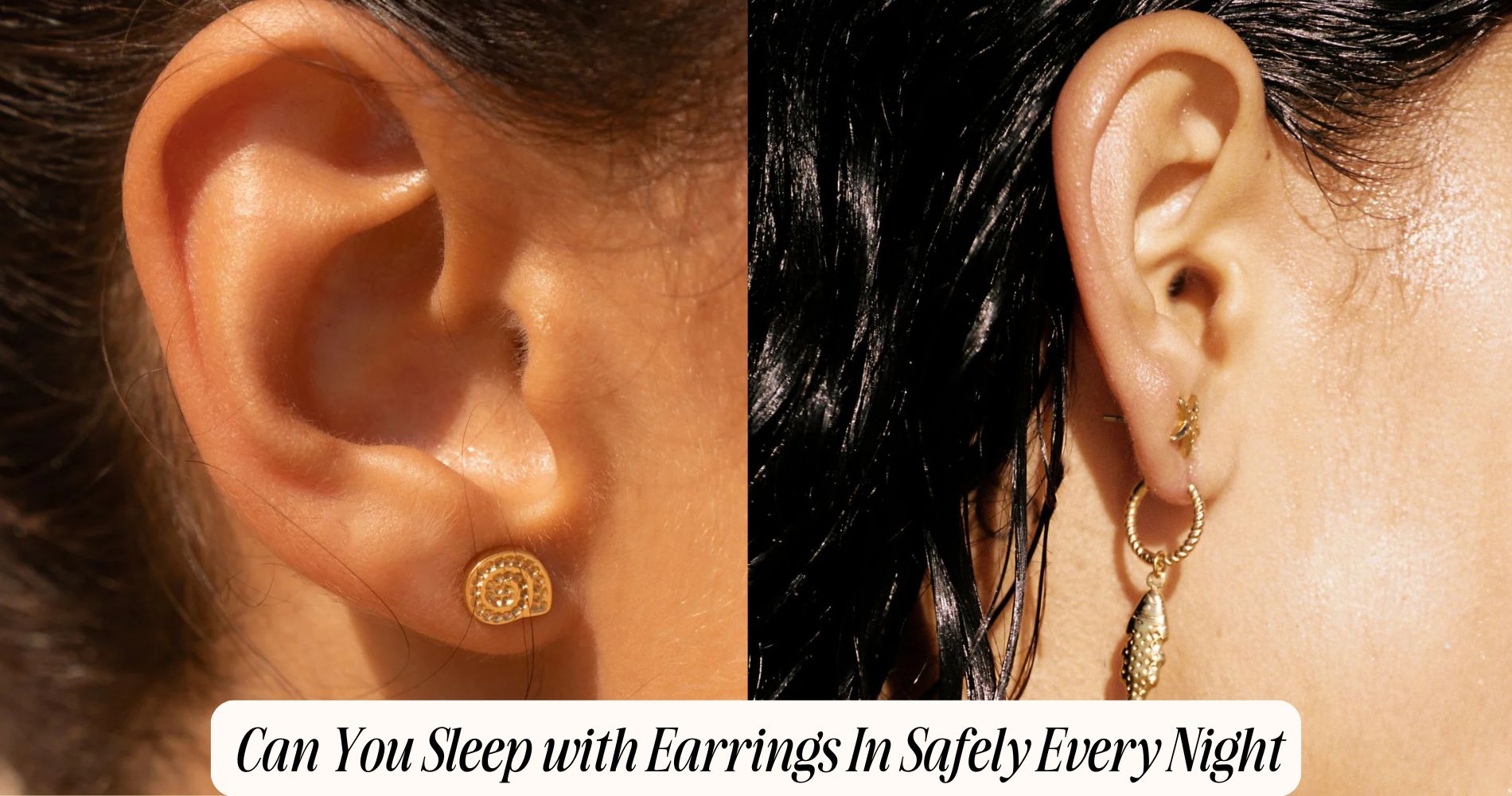





Leave a comment
This site is protected by hCaptcha and the hCaptcha Privacy Policy and Terms of Service apply.